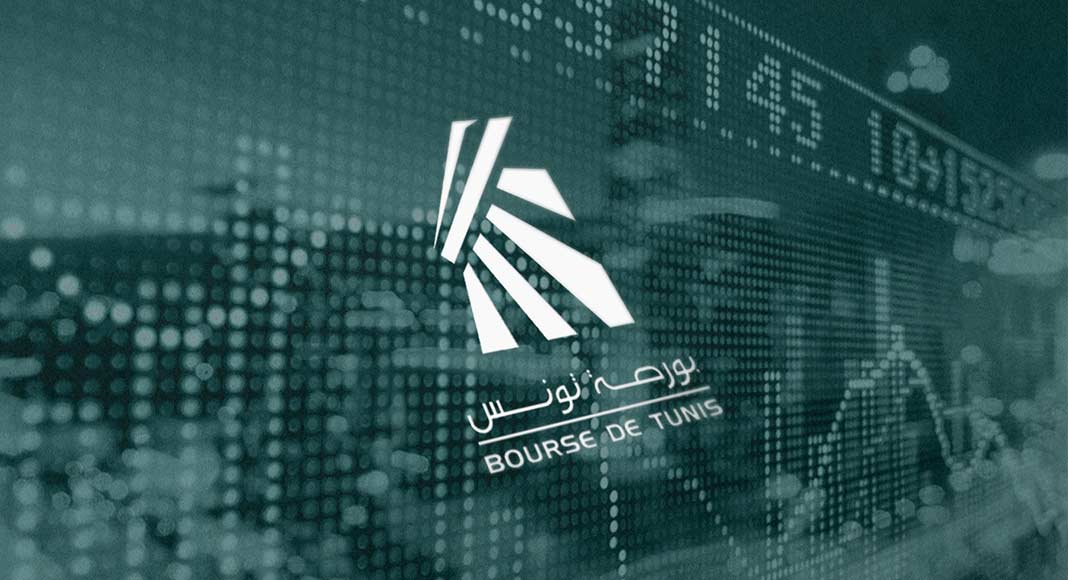
The Tunis Stock Exchange (TUNINDEX) has shown solid momentum: up +10.25 % in Q1 2025, +6.77 % YTD by end-February, and +12.8 % by early May
As of July 4, 2025, TUNINDEX reached 11,612 points, marking a +19.3 % annual gain .
Tunisia’s P/E ratio stands around ~9.9x (March 2025), below global averages—indicating relatively attractive valuations.
Tunisia’s GDP grew 2.4 % YoY in Q1 2025—higher than expected—boosting investor sentiment.
Stock market capitalization is projected at US $8.4 bn in 2025, with trading volumes of ~US $1.2 bn.
The Tunisian economy is driven primarily by services (68 %), with some growth in industry and financial reforms.
You must use a licensed broker (e.g., Tunisie Valeurs, MAC SA, Attijari Intermédiation) to open an account and trade.
Initial deposit requirements range from TND 50–500+ depending on the broker.
Expect commissions and fees: standard buy/sell ~1% each, plus annual fees (~TND 40)—eating into returns on smaller investments.
Popular among Tunisians: SICAVs (open-ended funds) managed by banks/brokers (e.g., BIAT, Tunisie Valeurs).
Provide diversification and professional management; typical returns ~5–7% annually .
Limited market size: small number of listings (~50–74), low liquidity, potential for volatility .
Concentration risk: Banks constitute ~50% of TUNINDEX
Insider activity: Frequent mentions of alleged manipulation and insider trading .
Costs on small portfolios: High fixed broker fees can erode gains; better suited for medium-to-large investments
Many Tunisian listed firms offer ~3%+ dividend yields
Dividend-oriented, low-turnover investing suits the market’s structure.
Finance: Top weighted and poised to benefit from economic upswing.
Basic materials & personal care: Strong Q1 returns (~+15–17%) .
Infrastructure and energy: Consider dynamic sectors, though some construction names have lagged .
For smaller portfolios or beginners, investing via SICAVs can provide cushioning against market structural issues
Choose a local broker and inquire about minimums & fees.
Decide: direct stock portfolio vs fund (SICAV).
Open account—may require in-person documentation.
Fund your account and select assets (banks, personal care, indices via funds).
Monitor performance and reinvest dividends or evaluate actively.
“You need a middleman … I started with 2 k…take company names from BVMT and analyse their charts”
“Do not, if you are lucky … return of 5–8 % at best … fees leave you with less than initial capital”
TUNINDEX: ~11,612 pts (+19.3% YoY)
P/E ratio: ~9.9x (Mar 2025)
Market cap: ~US $8.4 bn
Q1 growth: +10.25%
Investing in Tunisia offers attractive valuations, strong recent index performance, and dividend income potential—especially for mid- to long-term-oriented investors.
However, risks include low liquidity, broker fees, market opacity, and structural concentration. Beginners or small investors should consider SICAVs, while others with concerted effort can build dividend-focused portfolios through brokers.